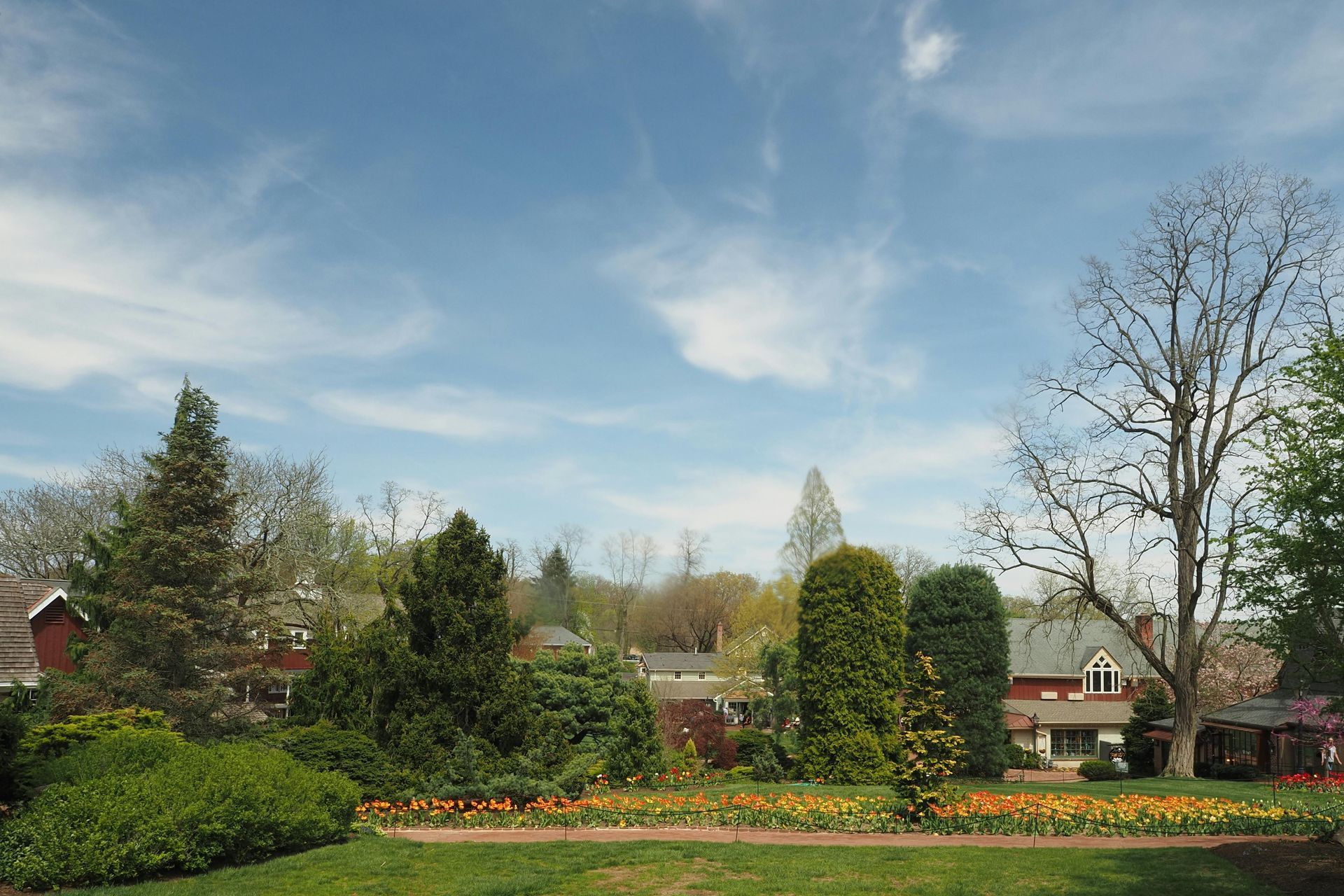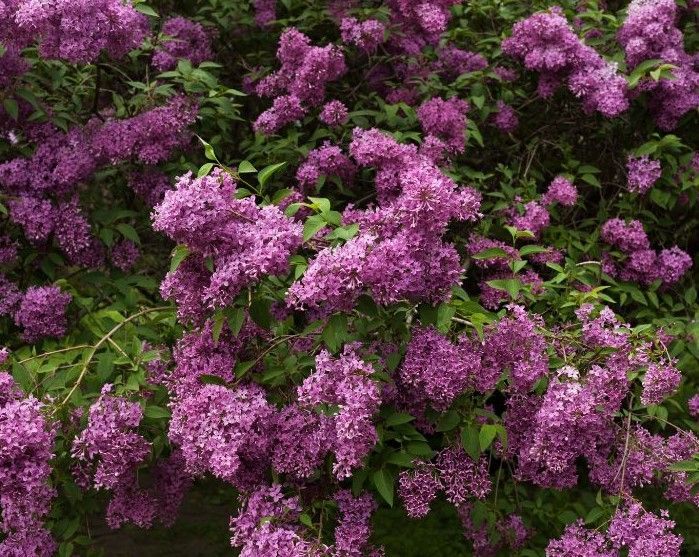Stumpery: Where Old Tree Stumps Find New Life
What is a stumpery?
A stumpery is a garden feature or landscaping element that incorporates the use of tree stumps, logs, and other woody debris for aesthetic and ecological purposes. Originating in Victorian England, stumperies are designed to provide habitats for wildlife, showcase shade-loving plants, and add unique aesthetic appeal to gardens. They embrace the natural decay and decomposition of wood, creating a visually interesting and environmentally beneficial space.
Stumperies are often constructed using an assortment of uniquely-shaped tree stumps, logs, and branches, arranged artistically to create varied heights and textures. These elements are often partially buried or positioned to enhance the visual appeal. Shade-loving plants such as ferns, mosses, hostas, and hellebores are typically planted around and among the wood. The decaying wood provides a rich, organic medium for these plants to thrive.
In addition to their aesthetic value, stumperies attract various forms of wildlife, including insects, birds, small mammals, and amphibians. The decaying wood creates a microhabitat that supports biodiversity, contributing to the ecological health of the garden.
Benefits of building a stumpery
- Showcases the beauty of decaying wood. Stumperies are a visually striking and unique landscape feature. They can add a variety of natural textures, shapes, and patterns add character to the garden.
- Provides habitats and shelter for important garden creatures. The wood display creates a variety of habitats and shelters for organisms like fungus, insects, and small animals to live and thrive in. These creatures are beneficial for the plants and biodiversity in your garden.
- Promotes sustainable gardening. Stumperies are an artistic and creative way to recycle otherwise discarded tree stumps, branches, and logs. In this way, we can reduce waste and encourage eco-friendly practices.
- Requires minimal maintenance. The hardest part is setting up the initial arrangement of wood pieces and surrounding plants. As the wood naturally decomposes, the upkeep is reduced. Additionally, the shade-loving plants strategically placed will require less water and care.
- Offers an educational opportunity. By including a stumpery in your garden, you open opportunities to educate others about the ecological roles of dead wood: natural decomposition, plant growth, and wildlife interactions.
- Allows for creative expression. Each stumpery will be different, and that's what makes them so interesting. They reflect the gardener's individual style and preferences, culminating into a visually stunning display. A bonus is they can easily be tailored to fit different garden sizes and styles!
- Works in almost any environment.
As we mentioned, stumperies can be tailored to fit any size space, but they can also be adapted to fit any environment. Originally done in the damp, sheltered environment of England, stumperies can also be set up in arid locations as well. Of course, the plants you choose will need to be suitable for your area.
How to create your own stumpery
- Plan your design. Select a shaded or semi-shaded area of your garden where natural decomposition is favored. Sketch your design considering the size, shape, and arrangement of the stumps and logs. Incorporate varying heights and textures to enhance visual interest.
- Gather your materials. Obtain a mix of tree stumps, logs, branches, and other woody debris. Ensure the wood is free from chemical treatments. Select shade-loving plants such as ferns, mosses, hostas, and hellebores to plant around and among the wood.
- Prepare the site. Remove any weeds, grass, or debris from the chosen location. If necessary, level the ground where the stumpery will be placed to create a stable base.
- Arrange the wood according to your design. Experiment with different arrangements before settling on the final layout. Stack or position the wood to create varied heights and textures. Partially bury some pieces to integrate them into the landscape.
- Plant some plants. If needed, amend the soil around the wood with organic compost to provide a nutrient-rich medium for the plants. Place shade-loving plants around and among the wood. Ensure they are planted at the correct depth and spaced appropriately for growth. Water the newly planted areas deeply to help establish the plants.
- Add finishing touches. Apply a layer of mulch around the plants to retain moisture and suppress weeds. Consider adding decorative elements like small stones, decorative fungi, or additional natural materials for extra visual interest.
- Stay on top of maintenance. Although it doesn't need much attention, you'll still want to regularly check the plants and wood for signs of disease or pests. Occasionally prune or remove dead wood to maintain the desired aesthetic and prevent hazards. Water the plants as needed, especially during dry periods, but avoid overwatering.
- Enjoy and observe. Observe the wildlife that visits your stumpery, including insects, birds, and small animals. Enjoy watching the natural decomposition process and how it supports the growth of plants and fungi.
Conclusion
Stumperies offer a remarkable way to enhance your garden both aesthetically and ecologically. By creatively arranging tree stumps, logs, and branches, you can transform a simple garden space into a visually striking and biodiverse haven. These unique garden features not only provide habitat and shelter for wildlife but also support a range of shade-loving plants that thrive in the rich, decomposing wood. The process of creating a stumpery allows gardeners to engage in sustainable practices by repurposing natural materials, reducing waste, and contributing to environmental conservation. With minimal maintenance and the ability to reflect personal creativity, stumperies serve as both a functional and artistic addition to any landscape. Embrace the natural beauty of decay and enjoy the diverse benefits a stumpery brings to your garden.
Check out the latest...








